Summary
The pond is stocked with rainbow trout, brown trout, and brook trout, making it a great location for anglers looking to catch these species. Other prevalent fish species include northern pike, tiger muskie, and Kokanee salmon.
There are several nearby activities to enjoy, including hiking, biking, camping, and birdwatching. The area is also home to several historic sites, including Camp Hale, which was a training facility for the 10th Mountain Division during World War II.
When it comes to fishing tips, it is recommended to use lures or bait that mimic the natural food sources of the fish, such as small insects or worms. It is also helpful to fish early in the morning or late in the evening when the fish are more active.
The best time of year to visit Camp Hale Pond Fishing Pier is in the summer months, from June to August, when the average temperature ranges from 50-75 degrees Fahrenheit. However, fishing can still be productive in the spring and fall months as well.
Overall, Camp Hale Pond Fishing Pier is a great location for anglers looking to catch trout and other species, while also enjoying the natural beauty and recreational activities of the surrounding area.
Weather Forecast
Nearby Streamflow Levels
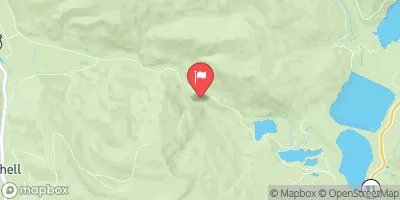 East Fork Eagle River Near Climax
East Fork Eagle River Near Climax
|
1cfs |
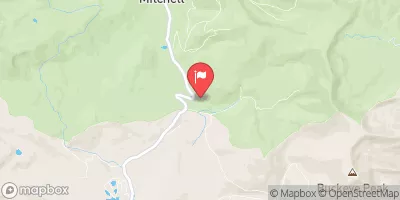 Ewing Ditch At Tennessee Pass
Ewing Ditch At Tennessee Pass
|
-999cfs |
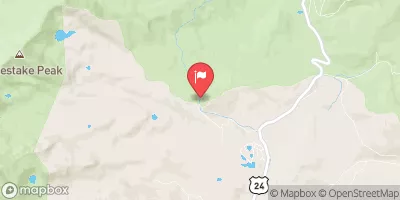 Wurtz Ditch Near Tenneessee Pass
Wurtz Ditch Near Tenneessee Pass
|
-999cfs |
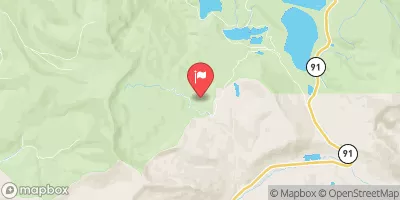 Columbine Ditch Near Fremont Pass
Columbine Ditch Near Fremont Pass
|
-999cfs |
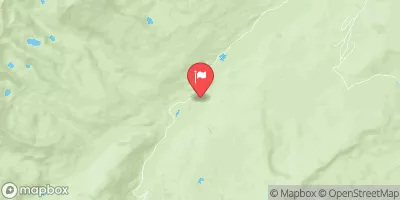 Homestake Creek At Gold Park
Homestake Creek At Gold Park
|
6cfs |
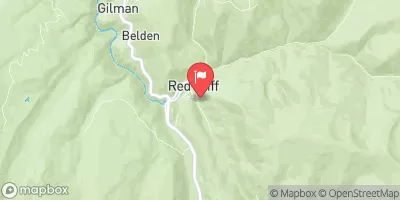 Eagle River At Red Cliff
Eagle River At Red Cliff
|
13cfs |
Angling Safety Guidelines
Check local fishing rules, seasons, size limits, and license requirements to ensure legal and sustainable angling.
Handle Fish Responsibly
Use wet hands, minimize air exposure, and release fish gently to improve survival rates when practicing catch-and-release.
Choose the Right Gear
Match your rod, line, and tackle to the species and conditions to increase success and reduce unnecessary harm to fish.
Respect the Waterway
Avoid disturbing habitat, prevent bank erosion, and keep a safe distance from spawning areas to protect ecosystems.
Keep It Clean
Pack out all line, hooks, bait containers, and trash—discarded gear can injure wildlife and degrade waterways.
Related Links
Area Campgrounds
| Location | Reservations | Toilets |
|---|---|---|
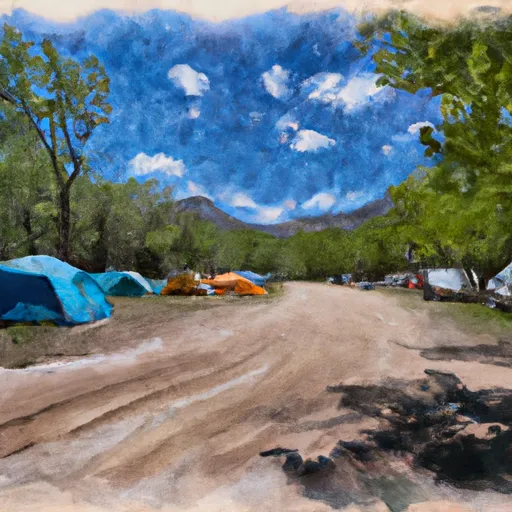 Camp Hale Memorial Campground
Camp Hale Memorial Campground
|
||
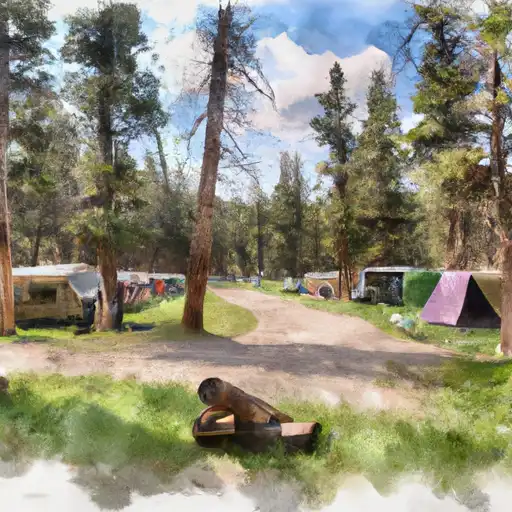 Camp Hale Memorial
Camp Hale Memorial
|
||
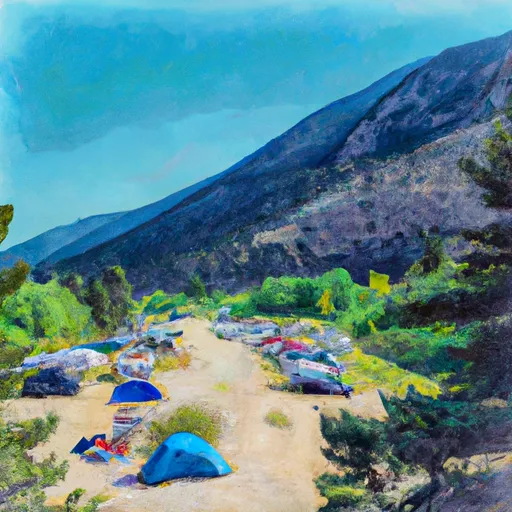 Camp Hale East Fork Group Campground
Camp Hale East Fork Group Campground
|
||
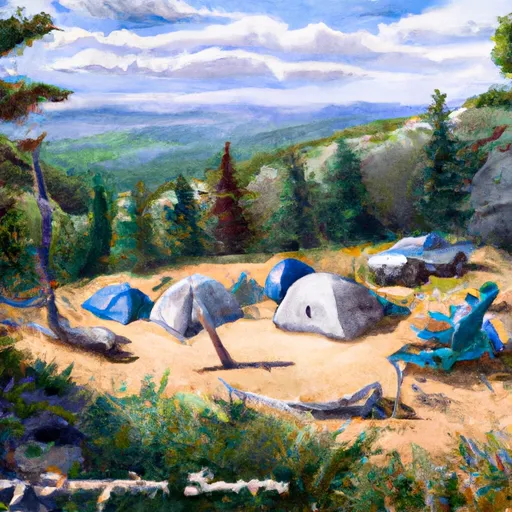 Hornsilver
Hornsilver
|
||
 Blodgett
Blodgett
|
||
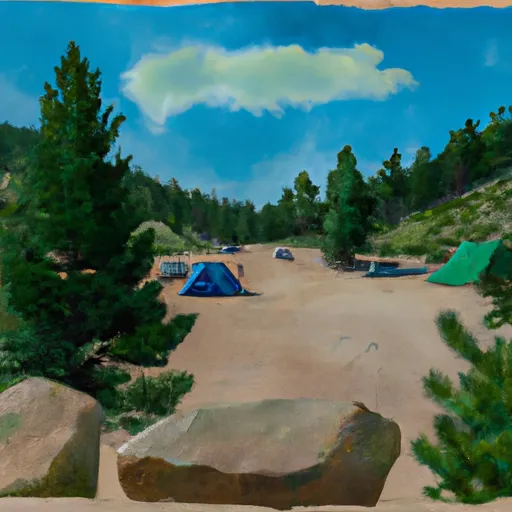 Hornsilver Campground
Hornsilver Campground
|

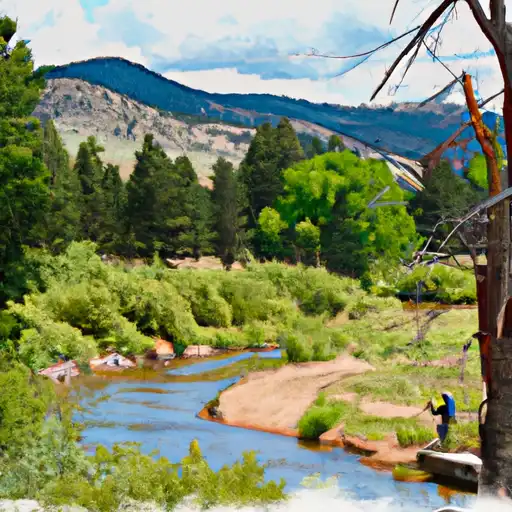 Kiln Creek
Kiln Creek
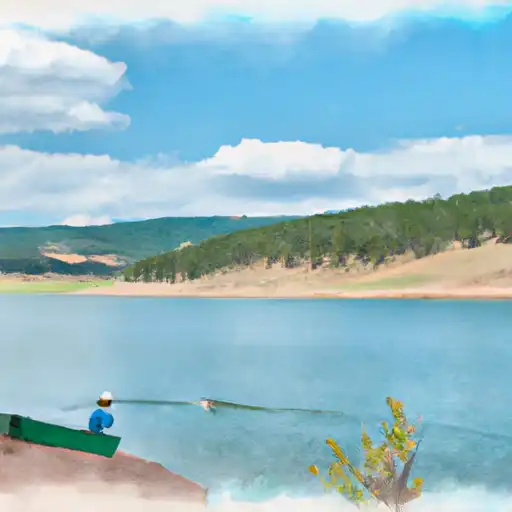 Homestake Reservoir
Homestake Reservoir
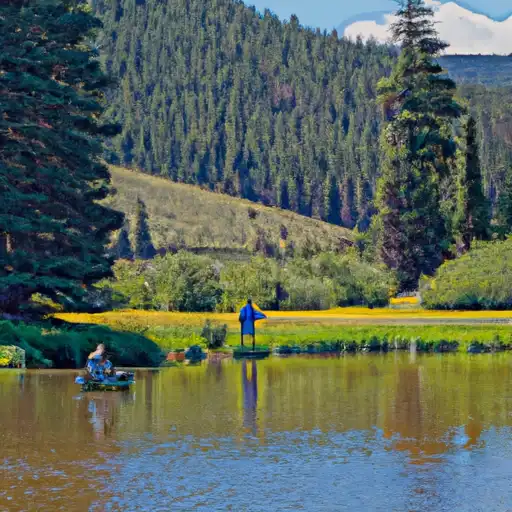 Black Lakes (Vail)
Black Lakes (Vail)
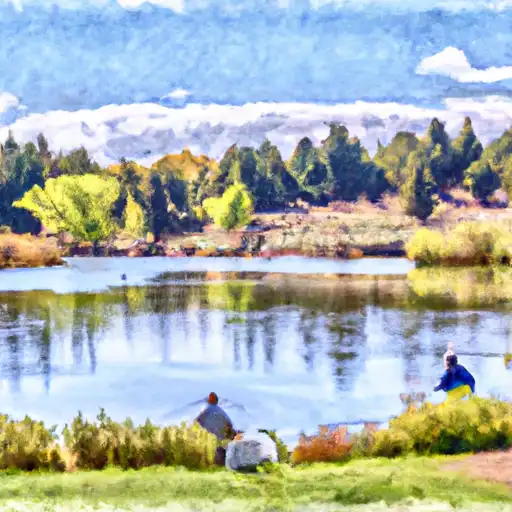 Curtain Ponds
Curtain Ponds
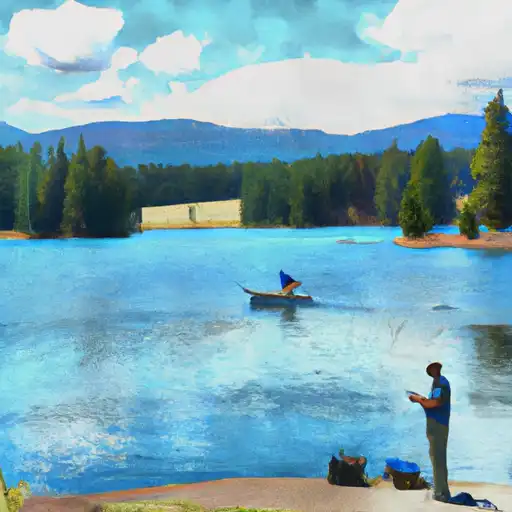 Turquoise Lake
Turquoise Lake
 Case #1 Dam
Case #1 Dam